From Brisbane, follow the Bruce Highway north, take the Glass House Mountains tourist drive turnoff and follow the signs to the Glass House Mountains. Glass House Mountains lookout is a great place to visit first for an orientation to the area.
The remarkable Glass House Mountains are a series of steep-sided volcanic plugs which dominate the landscape of the Sunshine Coast hinterland. They are formed of rhyolite and trachtyte, lavas which hardened inside the vents of tertiary volcanoes that have been greatly reduced by about 25 million years of erosion.
Mount Beerwah is the highest peak, at 555 metres. Coonowrin (377 metres), Ngungan (253 metres) and Tibrogargan (364 metres) are preserved within National Park land and offer fine opportunities for bushwalking, abseiling and picnicking. Access from the township is via the Glass House Mountians-Coonowrin Road.

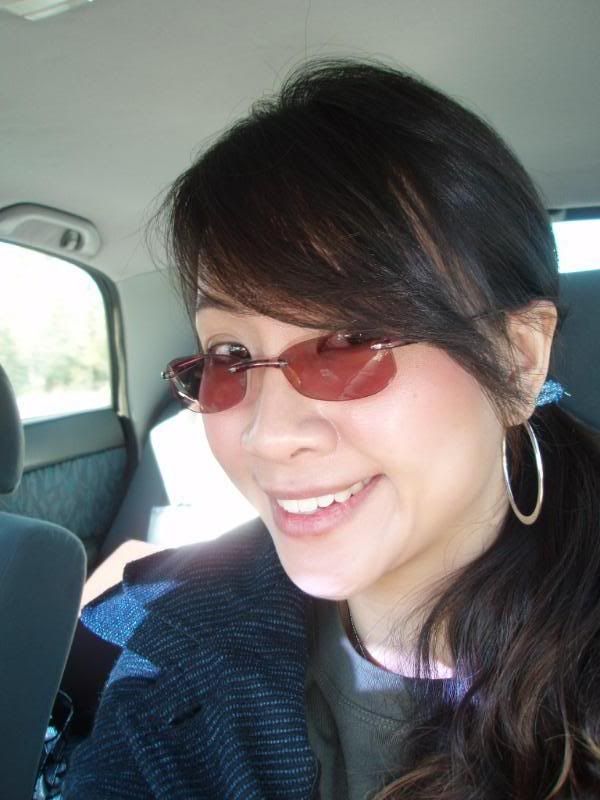



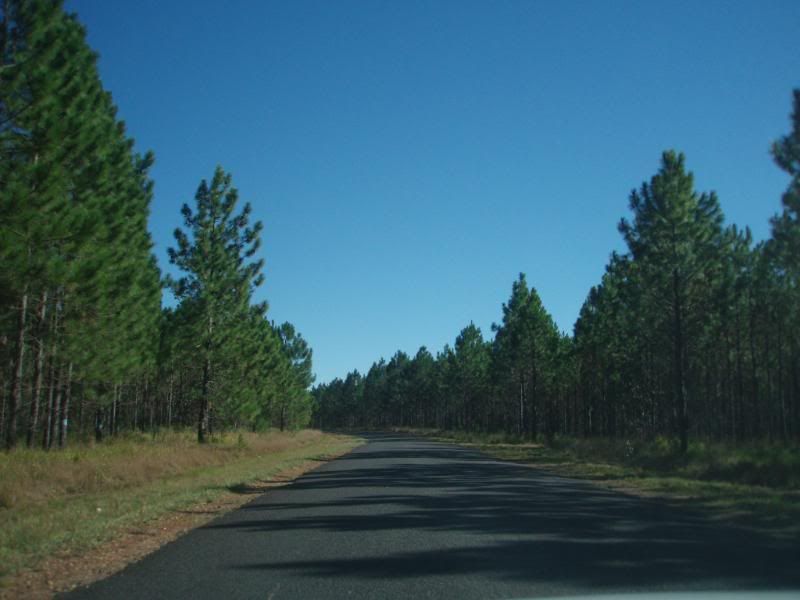





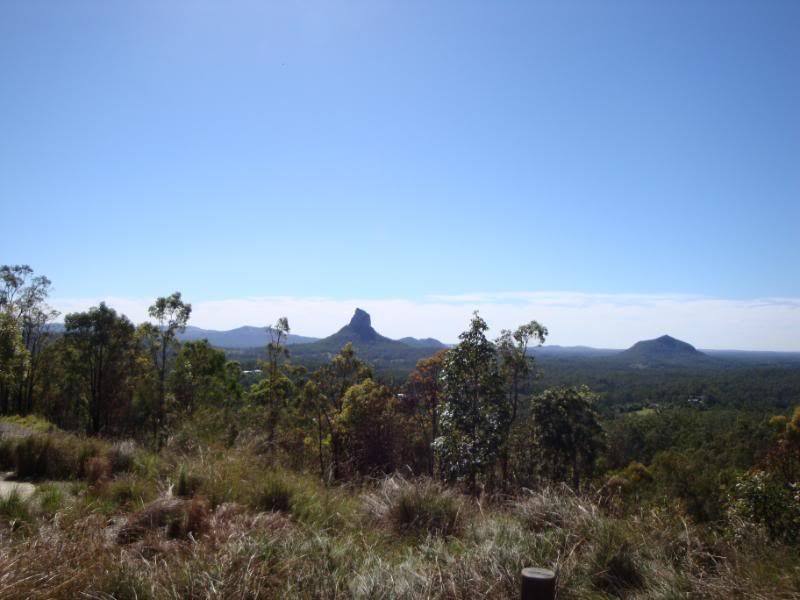







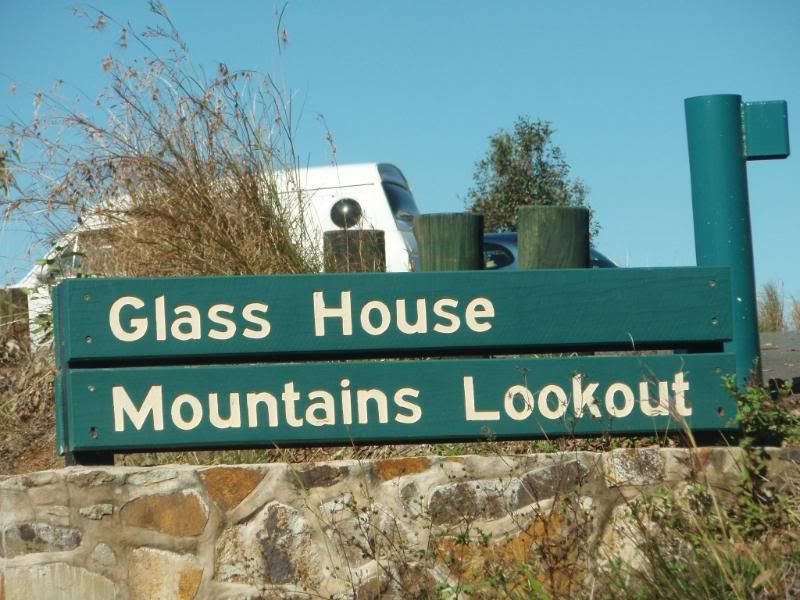



Australia Zoo
Australia Zoo is located in the Australian state of Queensland on the Sunshine Coast near Beerwah/Glass House Mountains. It is owned by Terri Irwin, the widow of Steve Irwin, whose wildlife documentary series The Crocodile Hunter made the zoo a popular tourist attraction.
Australia Zoo was opened by Bob and Lyn Irwin in 1970 under the name Beerwah Reptile Park. Bob Irwin is a world renowned herpetologist, who is regarded as a pioneer in the keeping and breeding of reptiles. His wife Lyn was one of the first to care for and rehabilitate sick and injured wildlife in southeast Queensland.
Bob and Lyn passed on their love and respect for wildlife to their children, especially to their son Steve, who had helped his parents since childhood to care for crocodiles and reptiles and to maintain the growing number of animals in the zoo. Over a decade later the park was renamed to the Queensland Reptile and Fauna Park and the area was doubled with the purchase of another four acres. In 1987 the Crocodile Environmental Park was opened in an effort to aid saltwater crocodile protection. By the 1990s the Crocodile Environmental Park had become very popular and was seen as unique for its display of crocodile feeding within the park.
In 1991 Steve Irwin overtook management of the zoo. In 1992 the park was renamed again, becoming Australia Zoo. Currently, the zoo maintains more than 1000 animals and over 550 staff.
Australia Zoo won the Australian Tourism Awards for 2003-2004 in the category Major Tourist Attraction. Australia Zoo Retail has also won the Tourism Retailing Award from Qantas Australian Tourism Awards.
On 16 March 2008 the Brisbane-based newspaper, The Sunday Mail, claimed there are plans to sell Australia Zoo to Animal Planet and create a $100-million Disney-style wildlife theme park.

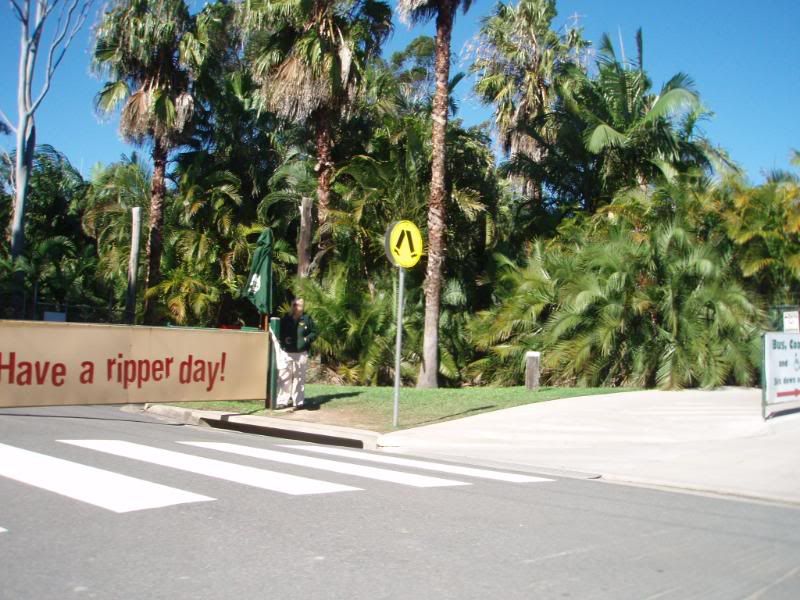



Big Pineapple
The Big Pineapple is a tourist attraction and working farm situated at Woombye near Nambour, Queensland. There are rides, tours of pineapple plantations and other agricultural products, shops, restaurants and exhibits for visitors to enjoy.
The Big Pineapple is 16 metres high and was originally opened in 1971. Entry is free. The attraction went on the market in June 2005.
The Big Pineapple features two rides: One on a Nut Mobile, the other on a small train. The rides take visitors around the plantation while the driver broadcasts information about the plants at the plantation, along with a history.
The plantation also features a small animal farm where visitors may feed the animals. Such animals include: Dingoes, a Deer, a Donkey, Alpacas, pigs, chickens, ducks and various birds. The plantation used to house a Macadamia Nut factory. They still grow macadamia nuts and visitors may stop on the Nut Mobile ride to sample Macadamias for free.
Inside the main shop area is a souvenir . Some of the popular foods include: Fruit Salad parfaits and Macadamia Nut parfaits.

















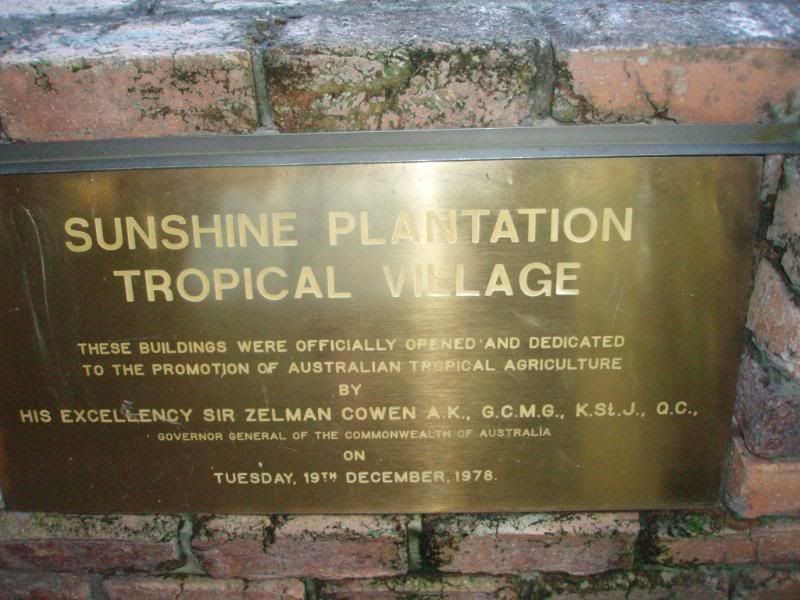

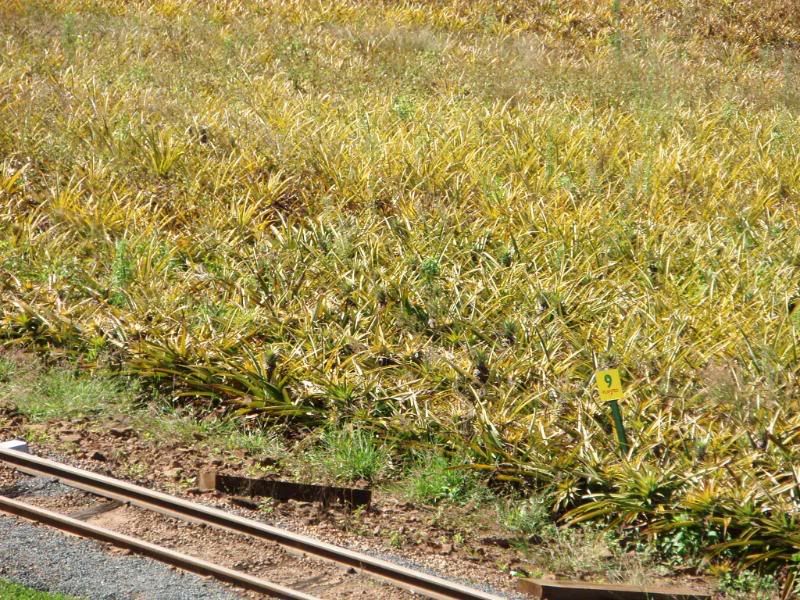

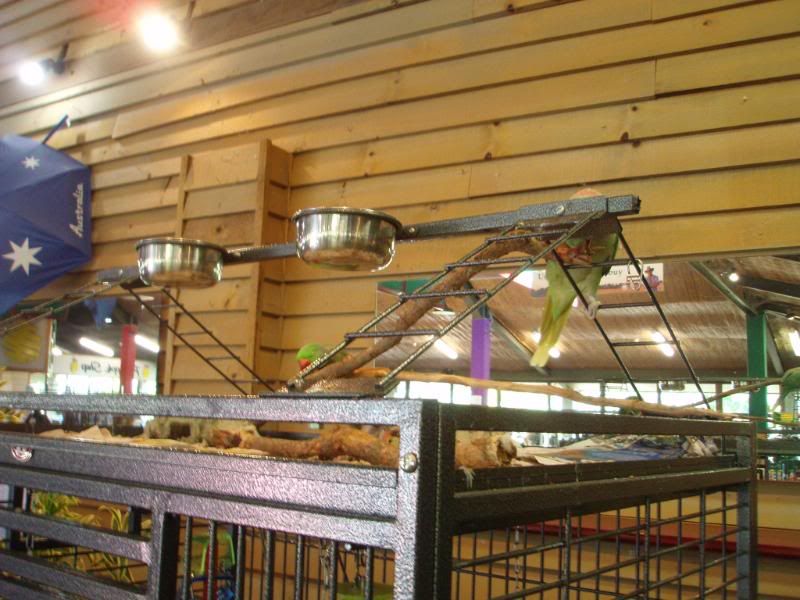

















Rainbow Beach, Queensland
Rainbow Beach is a coastal town in south-eastern Queensland, Australia, near Gympie. At the 2001 census, Rainbow Beach had a population of 999. The town's name derives from the rainbow-coloured sand dunes surrounding the settlement; according to the legends of the Kabi people, the dunes were coloured when Yiningie, a spirit represented by a rainbow, plunged into the cliffs after doing battle with an evil tribesman. Much of the sand colors stem from the rich content of minerals in the sand, such as rutile, ilmenite, zircon and monazite. A black dune of ilmenite sands, overgrown by dune vegetation can be found north west of the main town and offers a secret place of beauty for the nature enthusiast.
Originally a sand-mining community, gazetted in 1969, the town's economy is now heavily influenced by tourism. Double Island Point, a popular destination amongst 4WD enthusiasts, is located east of town. Vehicular ferries for Fraser Island depart from Inskip Point, north of town.
The Cooloola Section of the Great Sandy National Park borders the town to the south. A number of walking tracks through the national park depart from the southern outskirts of Rainbow Beach.
By road, Rainbow Beach is located 75 km from the Bruce Highway town of Gympie, and 239 km from the Queensland state capital, Brisbane.



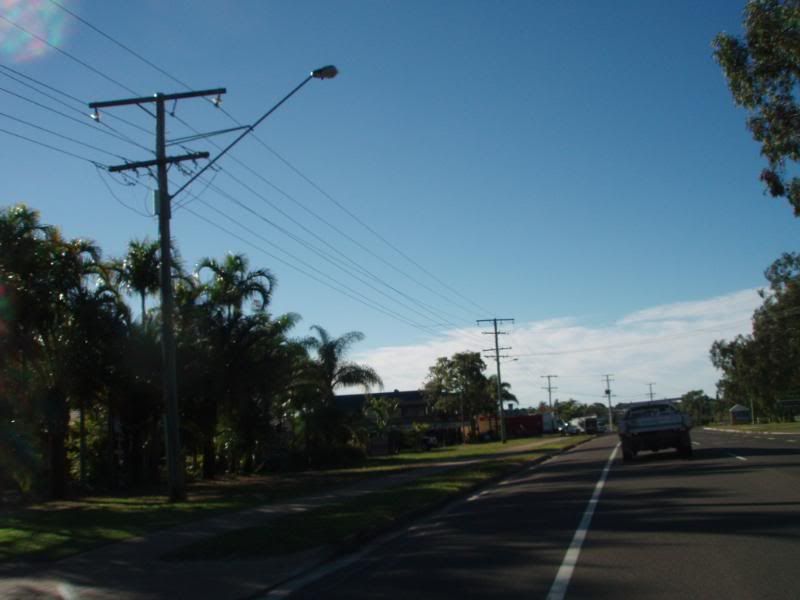
Rainbow Shores Resort
There are few places on earth that can offer a balance of earth and sea, creature comforts and natural bushland. Rainbow Shores Resort is one of them.
This unique resort nestles gently between the magnificent Rainbow Beach and the Great Sandy National Park, celebrating the beauty of a pristine, natural environment. Its absolute beach frontage guarantees complete relaxation and peace of mind. Careful planning and construction have created a living environment that works in harmony with the existing eco-system and beachscape.
As you immerse yourself in this natural wonderland you could be forgiven for thinking you are a million miles away from anywhere.
The architecturally designed multi-level Surfside Villas come with 1, 2, 3 or 4 bedrooms and offer private luxury in a secluded bush setting. Roof top terrace with ocean views from most villas. Pool & BBQ. Just a 150m stroll from the beach. Each villa contains full kitchen, laundry, TV, DVD player, ceiling fans and air conditioning in the bedrooms.




Carlo Sand Blow
Carlo Sand Blow was named by Captain Cook after one of his deck crew named Carlo. The unique “moonscape” sand mass covers over 15 hectares and overlooks the towering coloured sands. From the Rainbow Beach water tower at the top of Cooloola Drive, a walking track passes through woodlands to the expansive natural sand blow.
It’s an excellent spot to watch the sunrise or sunset. The 360 degree views are spectacular, to the East has magnificent views of the ocean where one can often see the migrating whales from August to October. To the S.E. is Double Island Point and the cliffs of coloured sand. Fraser Island and Inskip Point are to the North, while Tin Can Bay and the Great Sandy Straits lie to the West.
CARLO SAND BLOW ON FOOT
A bush walk up to Carlo Sand Blow is a must for every visitor. Drive to the reservoir at the top of Cooloola Drive. The Blow is an easy 600m walk from the car park. Spectacular views of the Coloured Sands, Double Island Point and Tin Can Bay are a bonus for your efforts.
When the thermals are right, you will often see Hang Gliders taking off and landing at this beautiful piece of Nature’s sculpture.








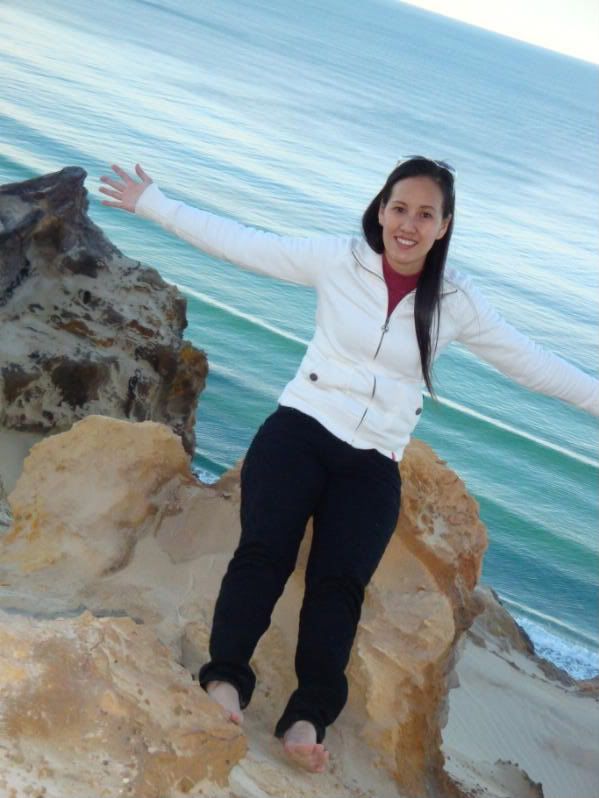
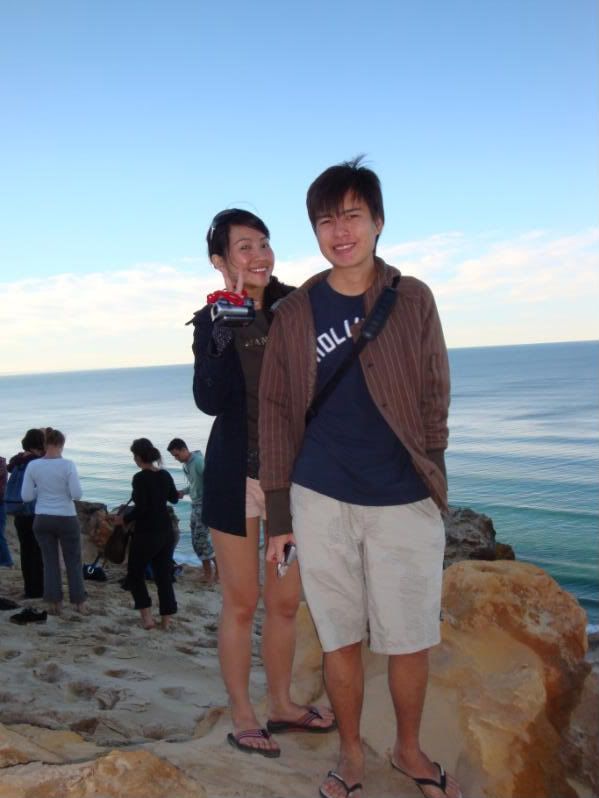


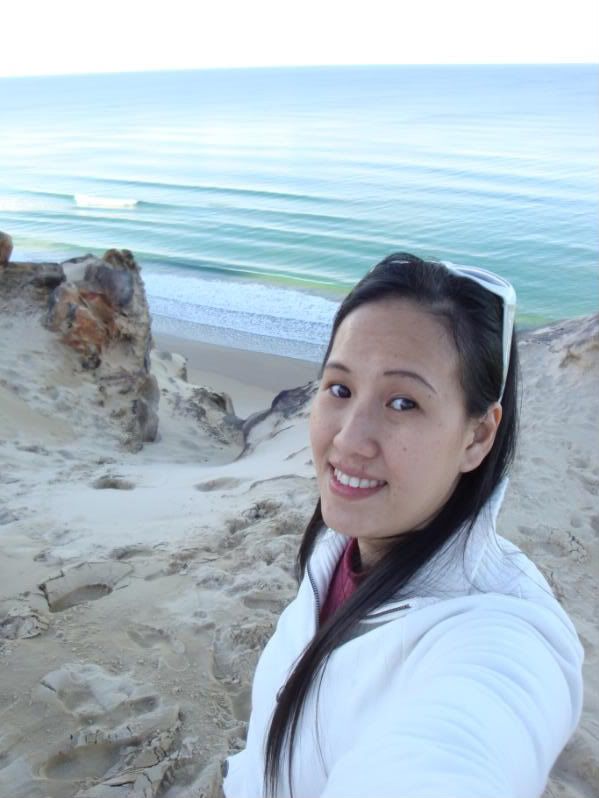





Jenga
Jenga is a game of physical and mental skill, marketed by Hasbro, in which players remove blocks from a tower and put them on top. The word jenga is derived from kujenga, the Swahili verb "to build"; jenga! is the imperative form.
enga is played with 54 wooden blocks; each block is 3 times as long as it is wide, and slightly smaller in height than in width. The blocks are stacked in a tower formation; each story is three blocks placed adjacent to each other along their long side, and each story is placed perpendicular to the previous (so, for example, if the blocks in the first story are pointing north-south, the second story blocks will point east-west). There are therefore 18 stories to the Jenga tower. Since stacking the blocks neatly can be tedious, a plastic loading tray is included.
Once the tower is built, the person who built the tower moves first. Moving in Jenga consists of taking one and only one block from any story except the completed top story of the tower at the time of the turn, and placing it on the topmost story in order to complete it. Only one hand at a time may be used to remove a block; both hands can be used, but only one hand may be on the tower at a time. Blocks may be bumped to find a loose block that will not disturb the rest of the tower. Any block that is moved out of place may be left out of place if it is determined that it will knock the tower over if it is removed. The turn ends when the next person to move touches the tower, although he or she can wait 10 seconds before moving for the previous turn to end if they believe the tower will fall in that time.
The game ends when the tower falls in any significant way -- in other words, any piece falls from the tower, other than the piece being knocked out to move to the top. The loser is the person who made the tower fall (i.e. whose turn it was when the tower fell); the winner is the person who moved before the loser.




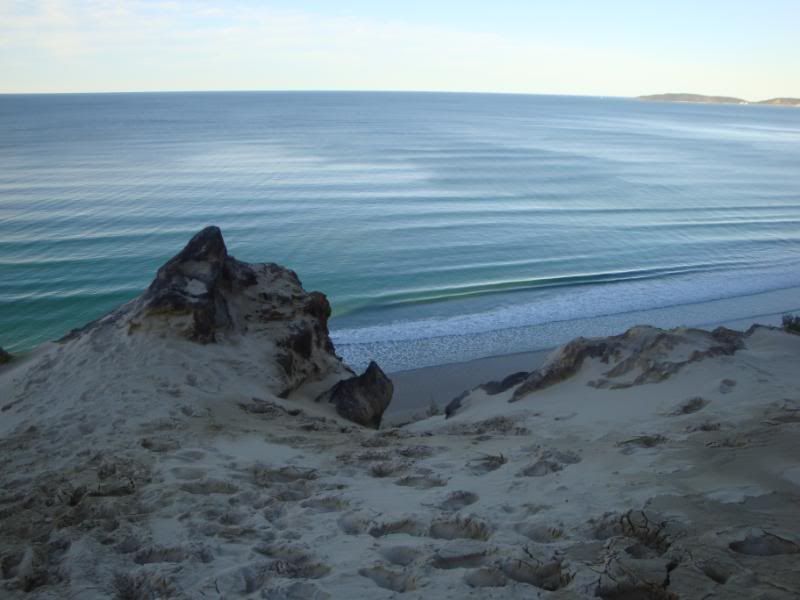





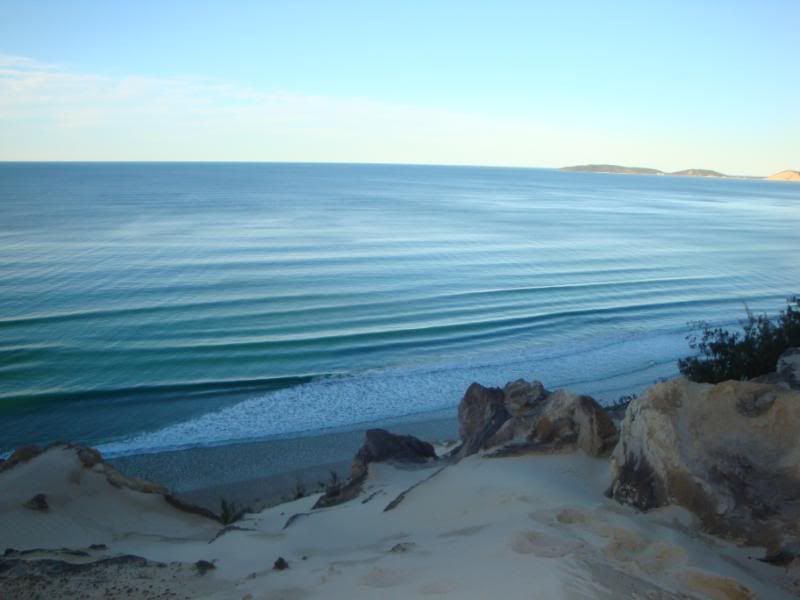








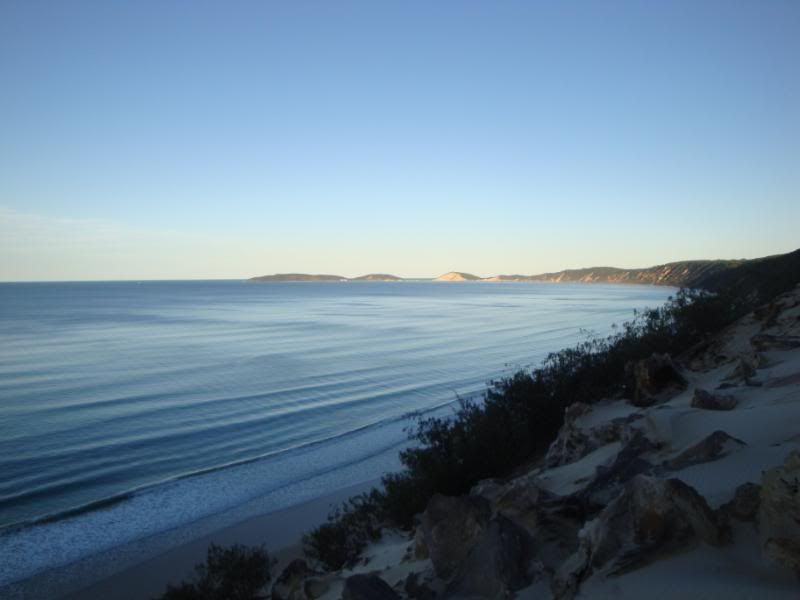

















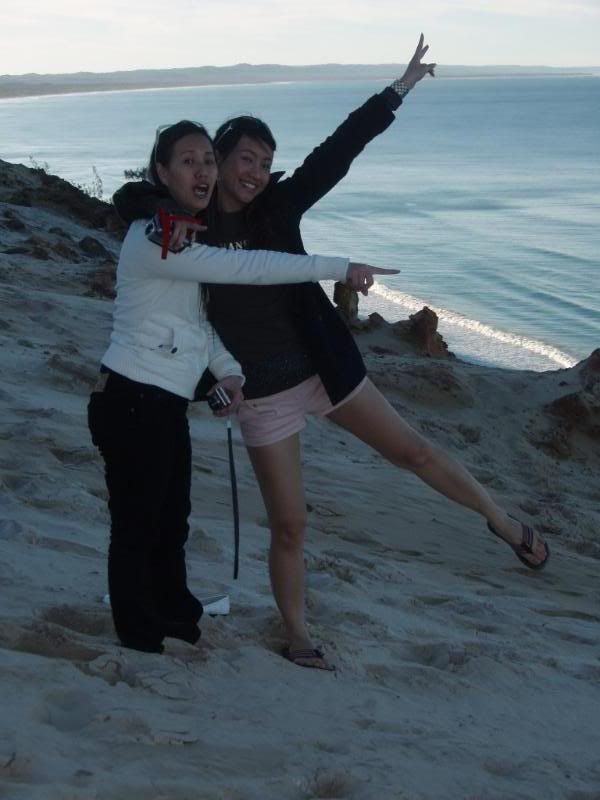















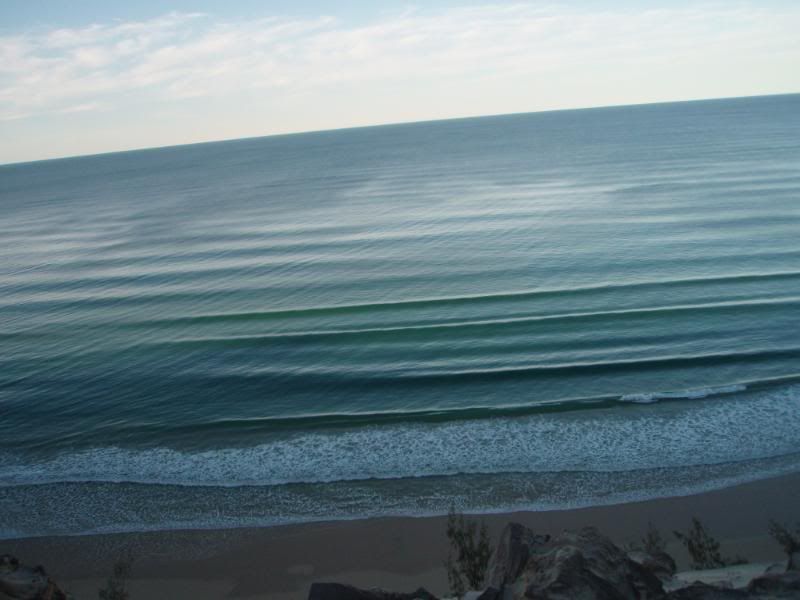








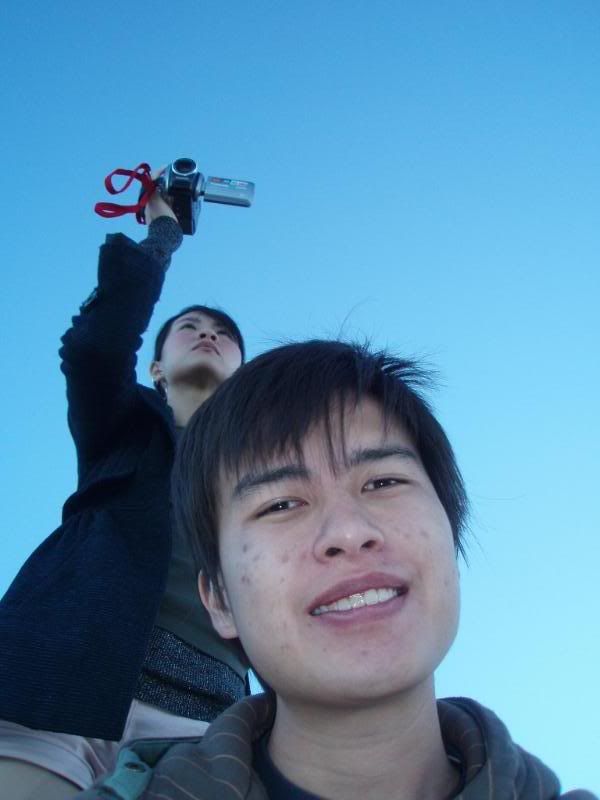
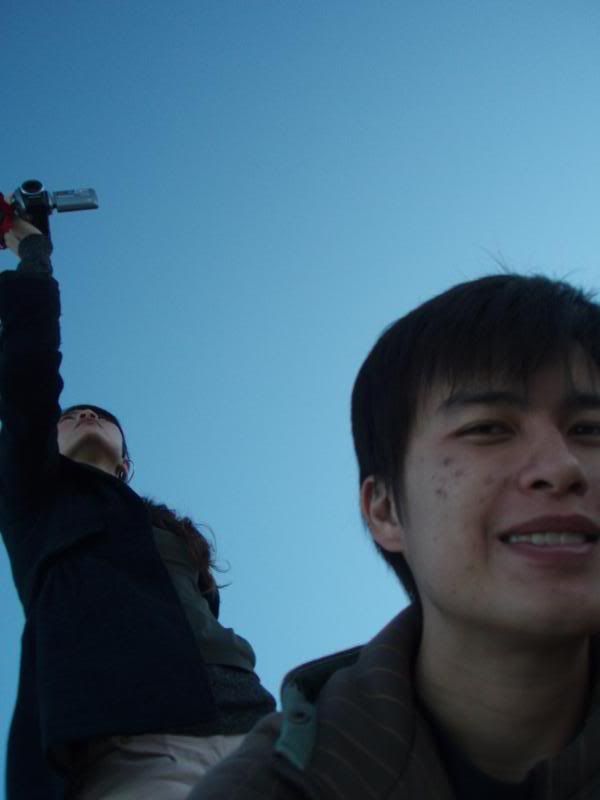





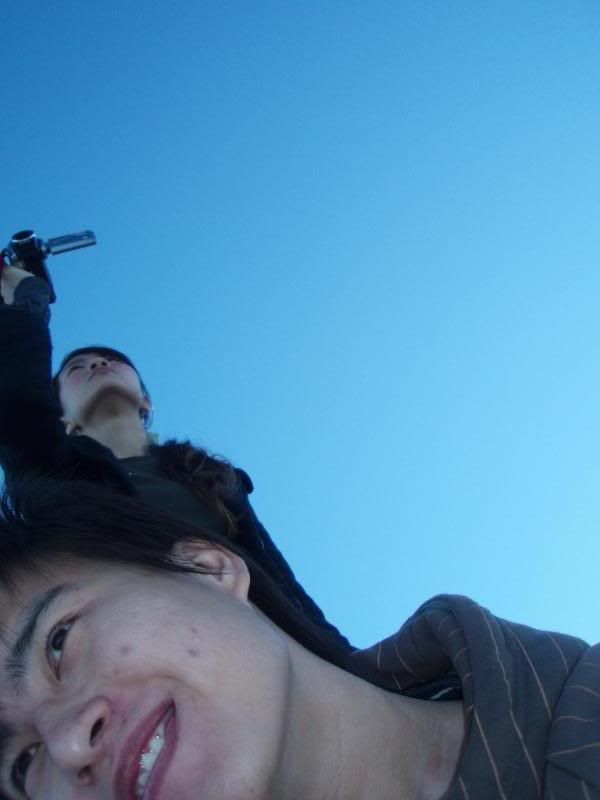






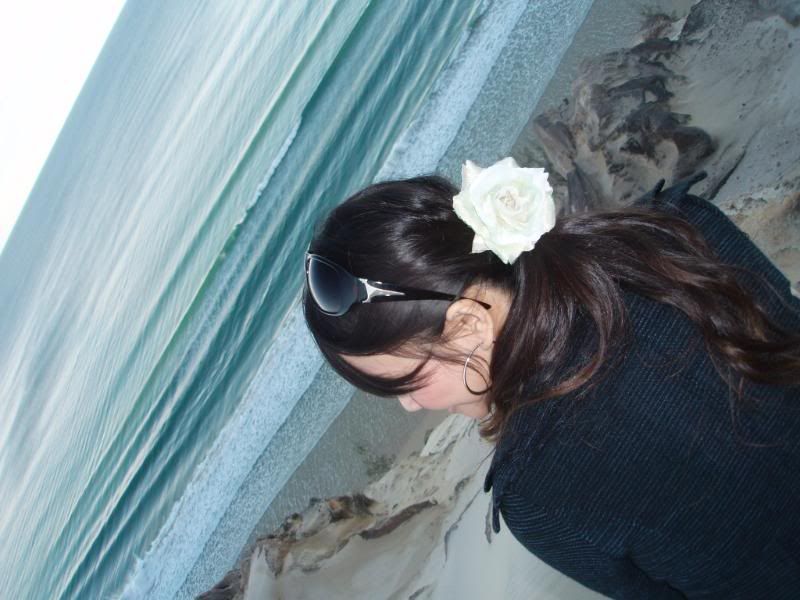























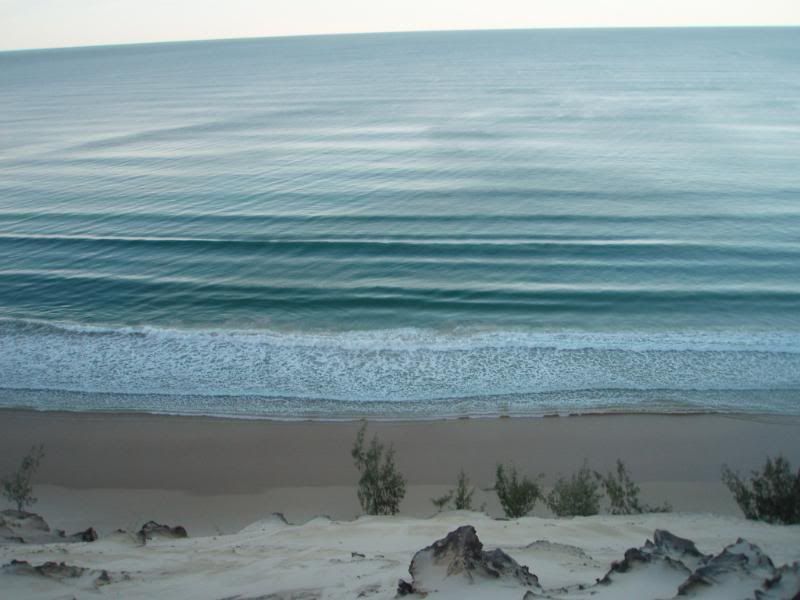


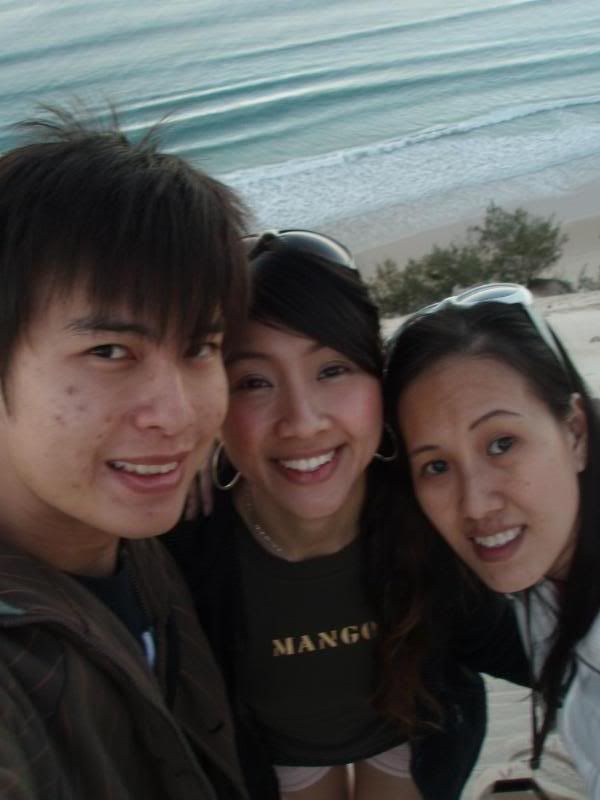










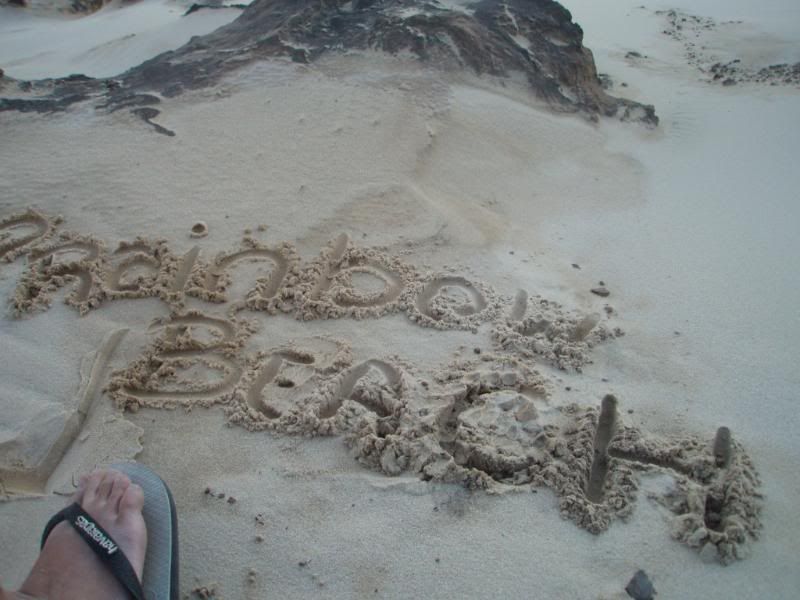












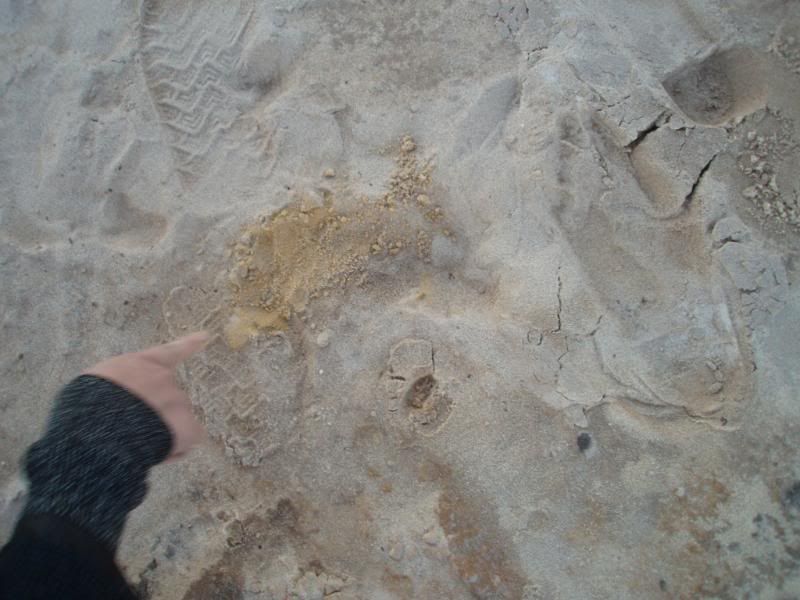











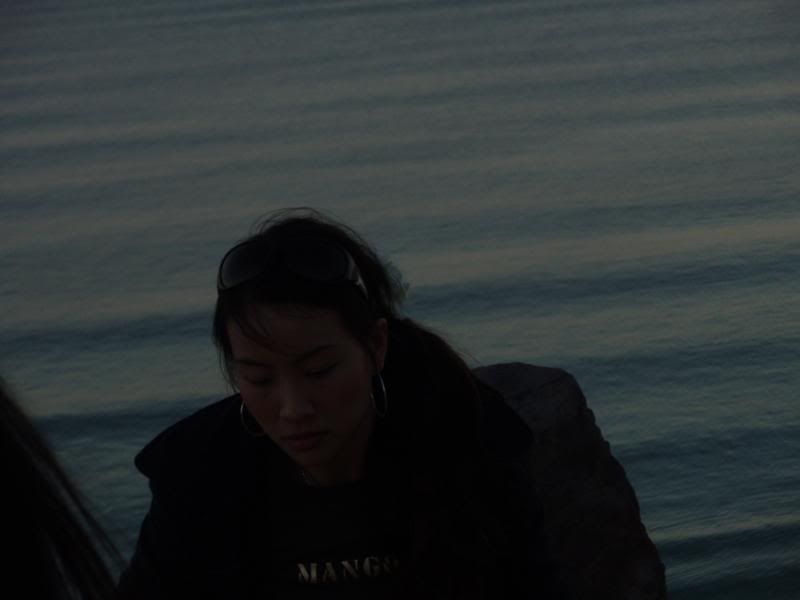







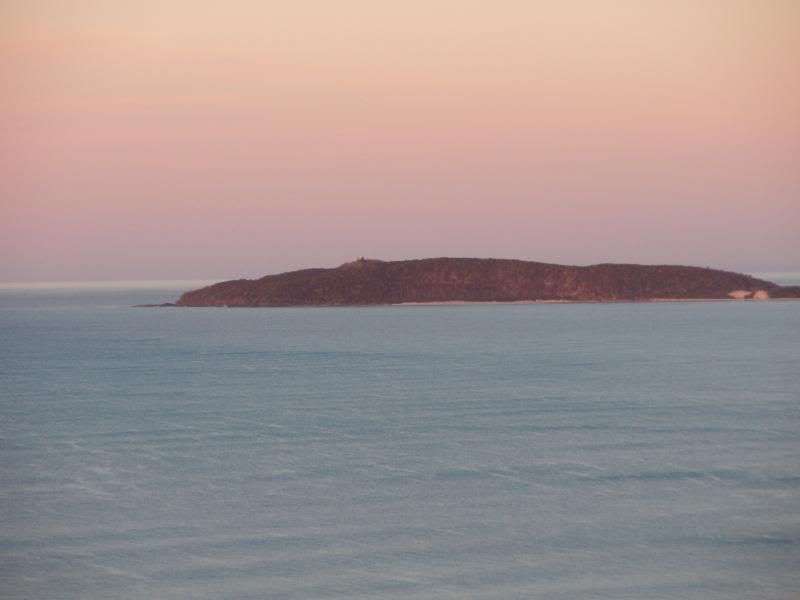


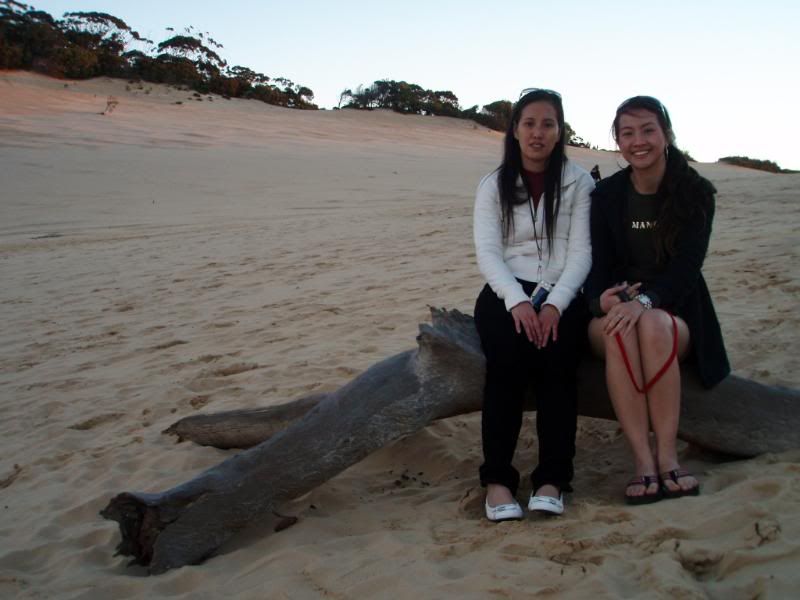


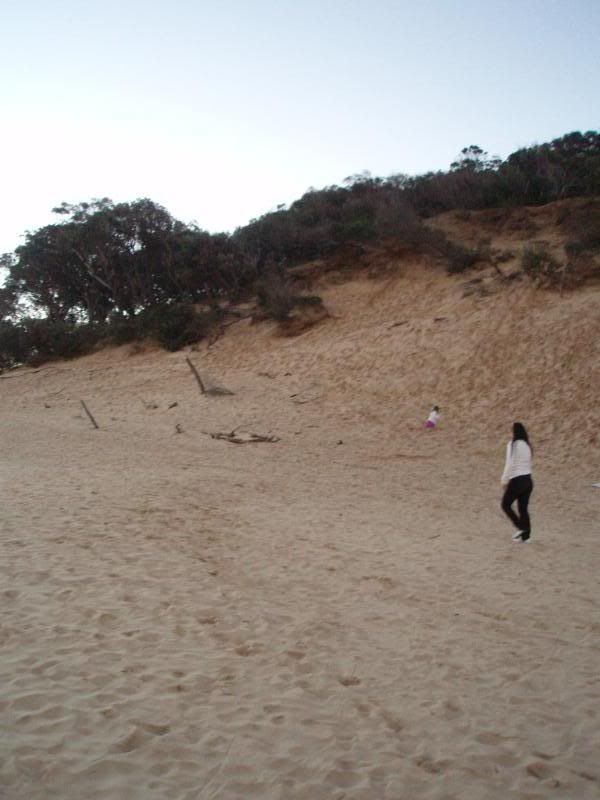




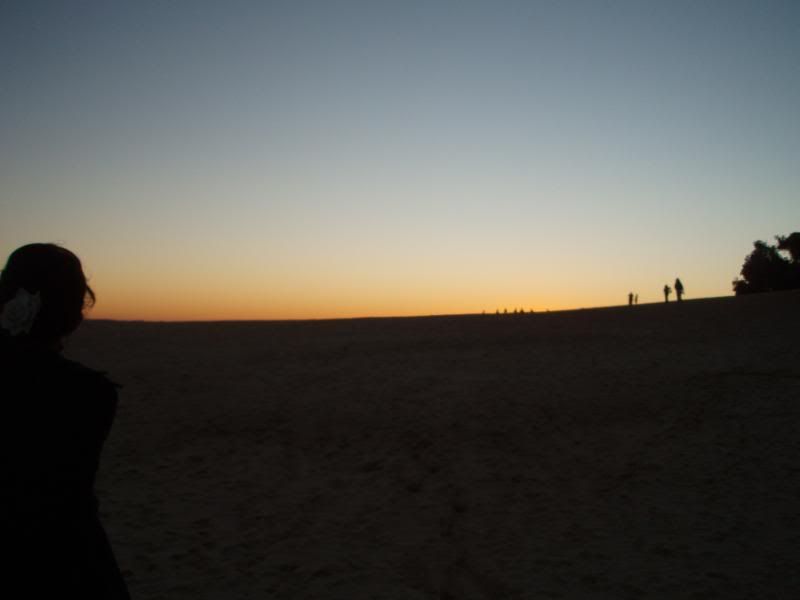



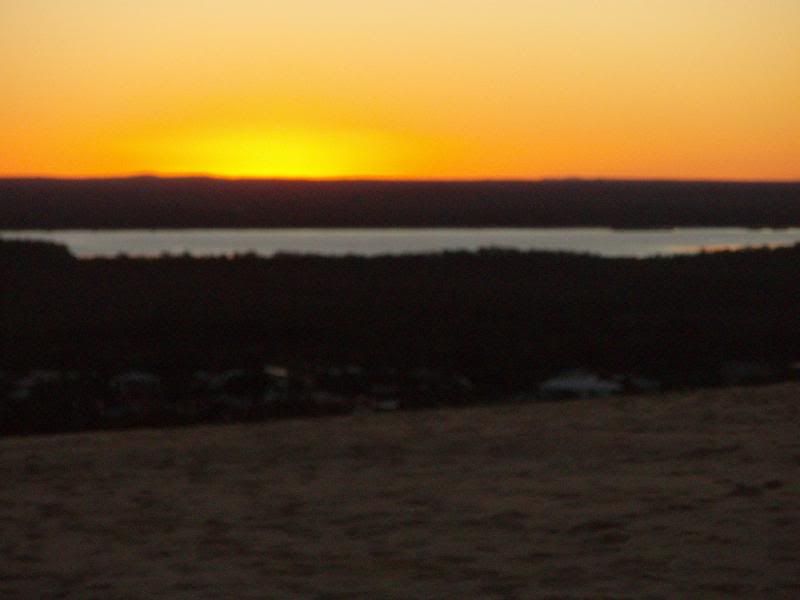





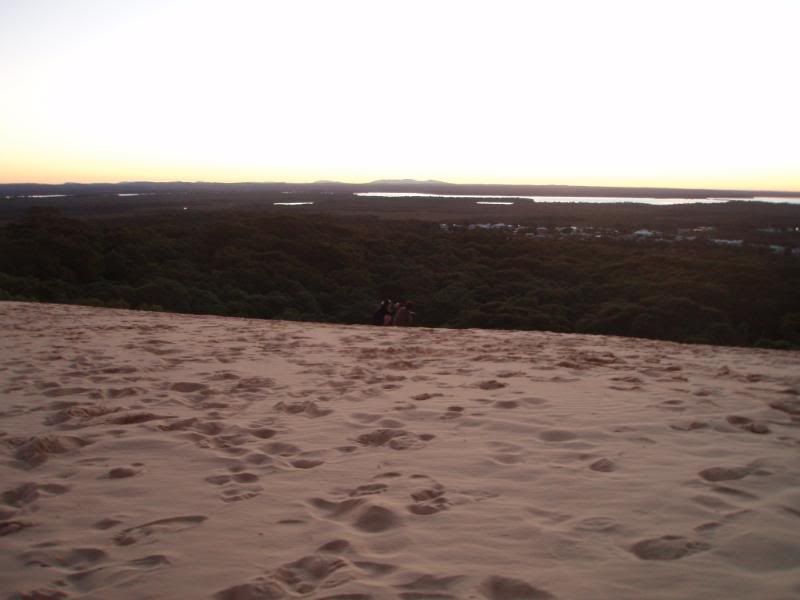
















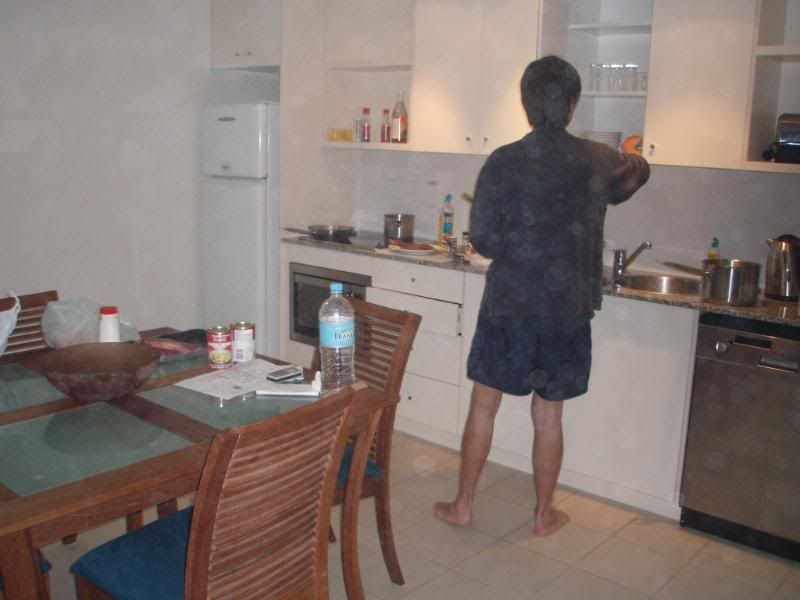







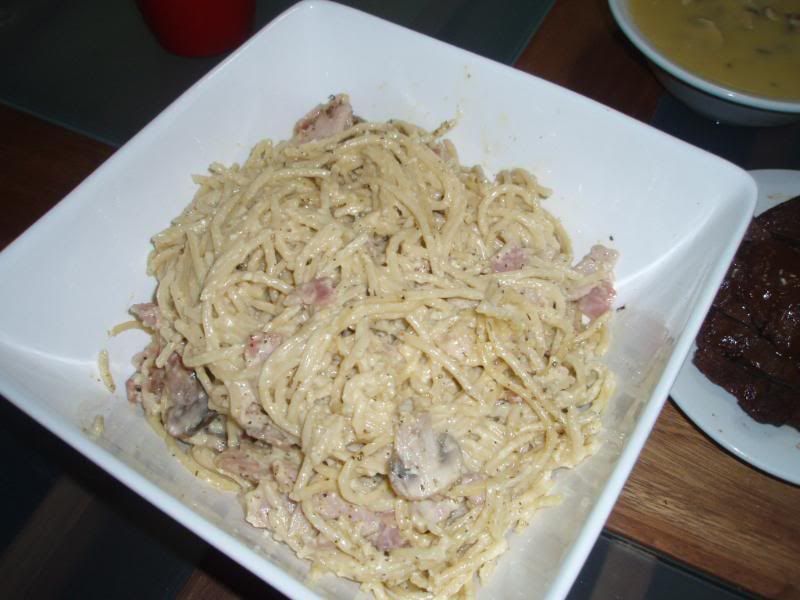

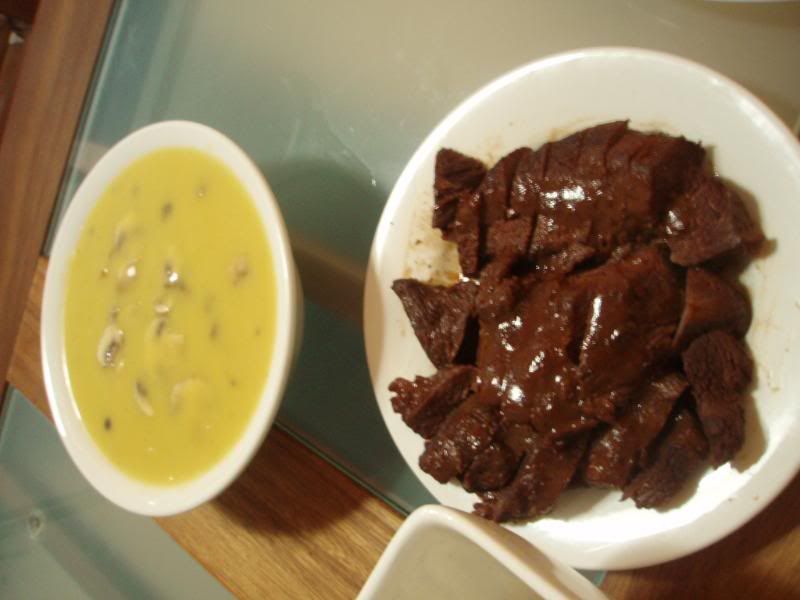

















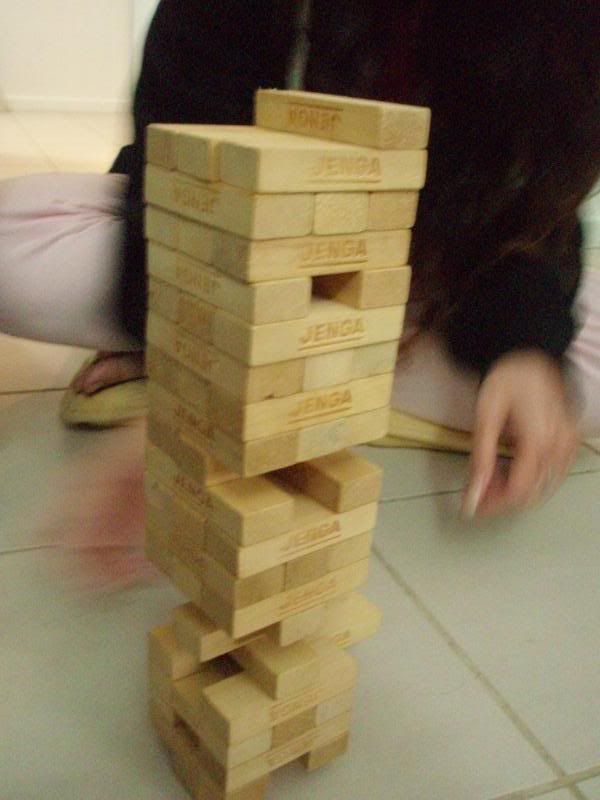
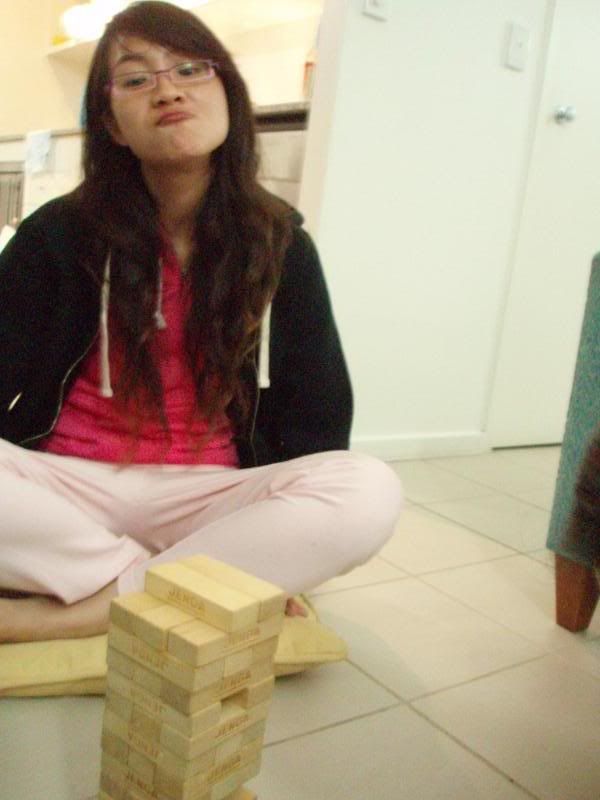





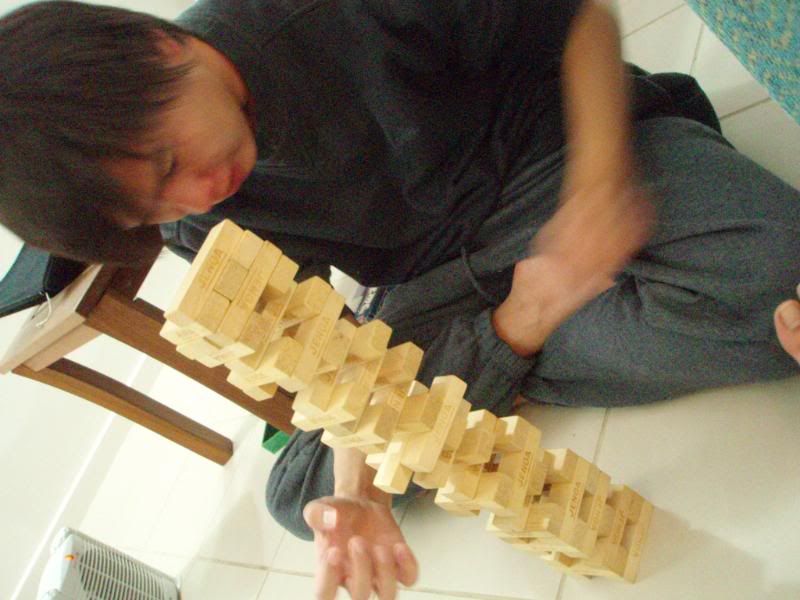




No comments:
Post a Comment